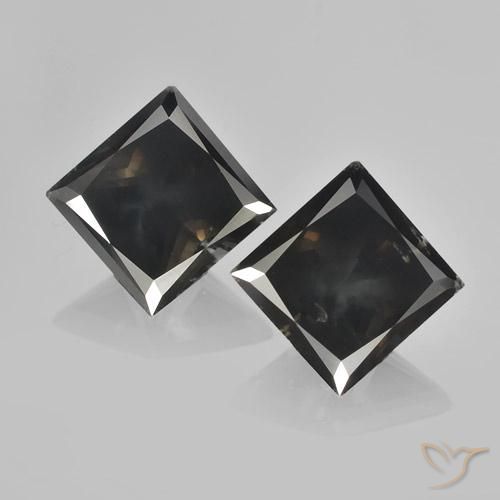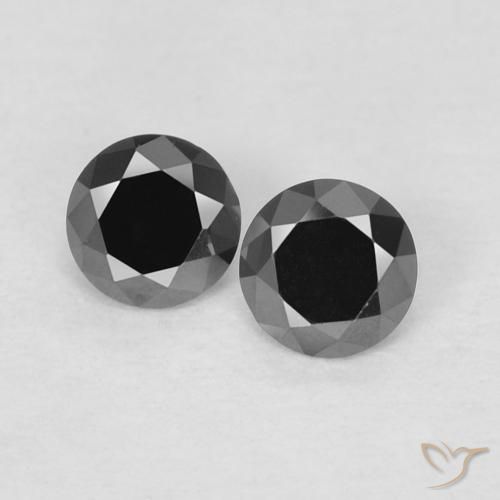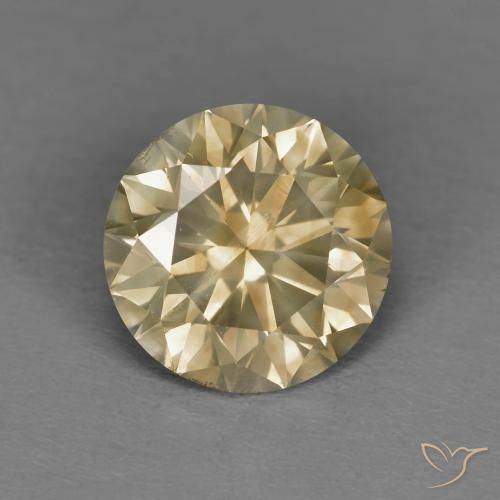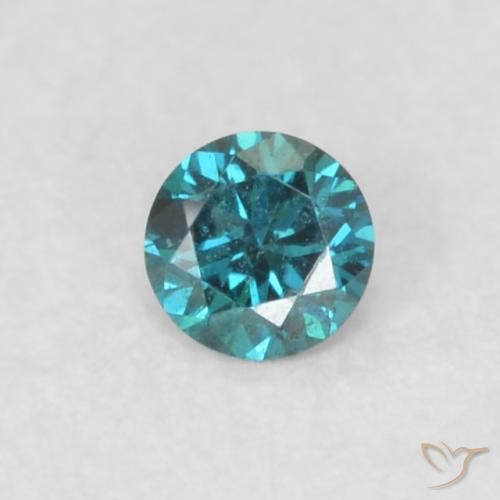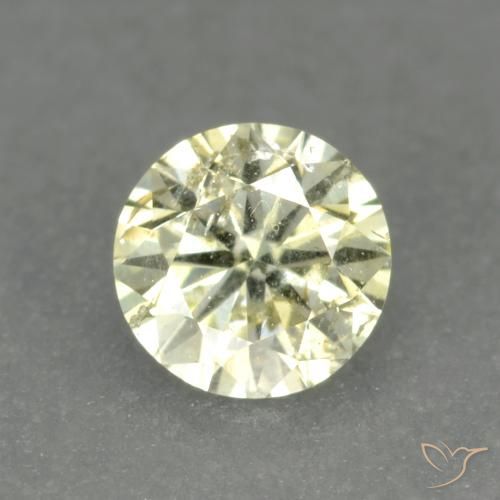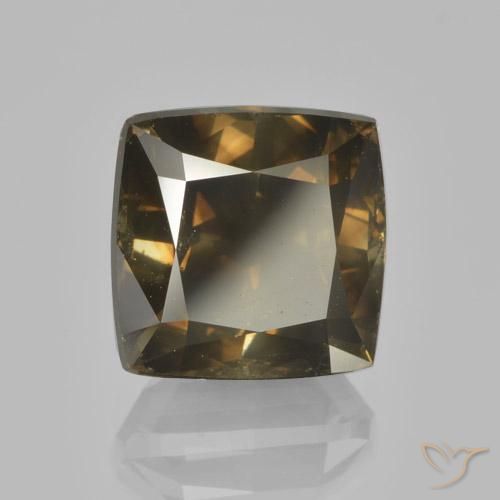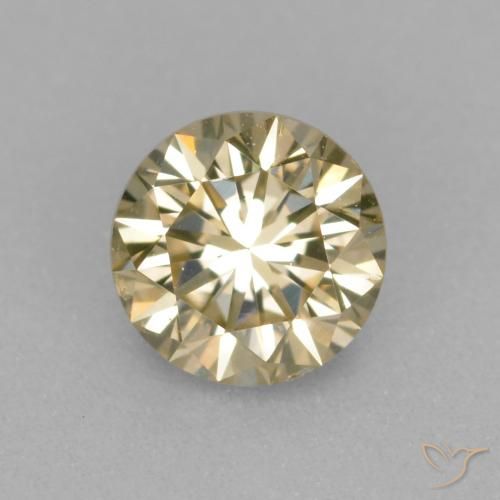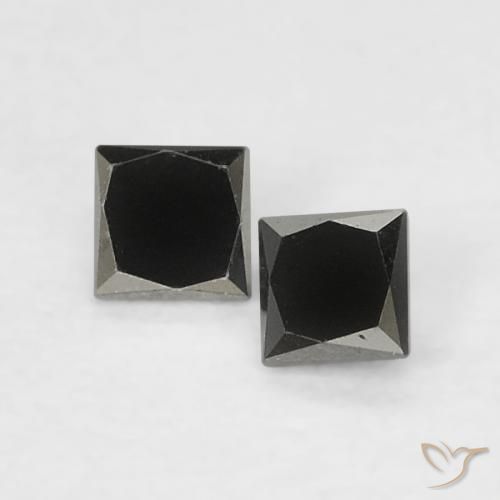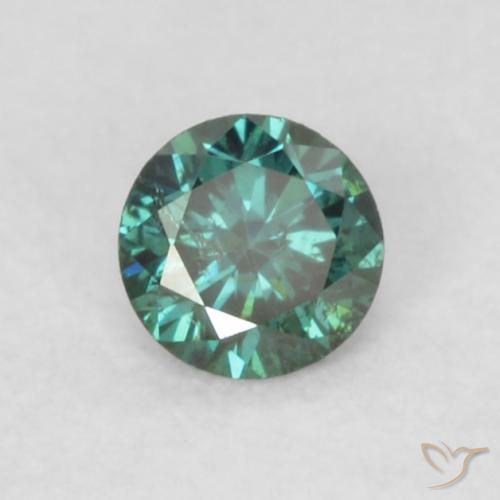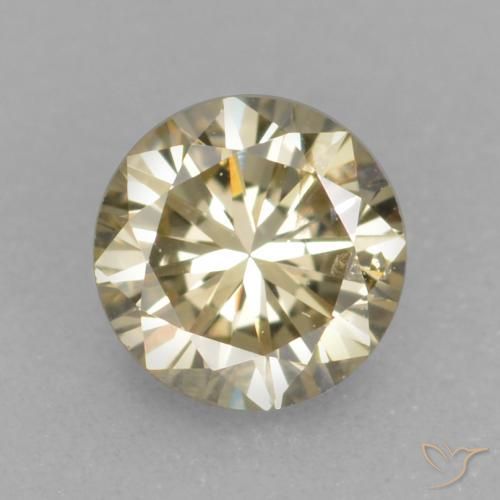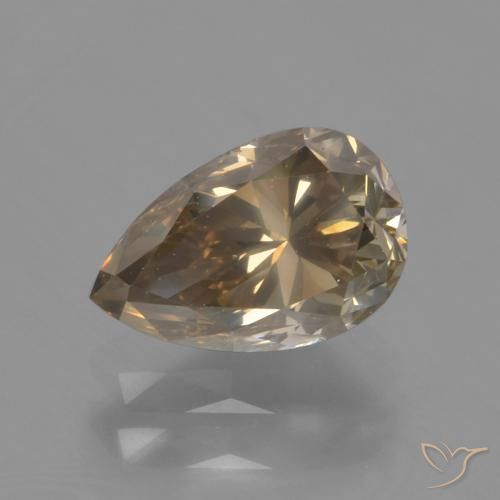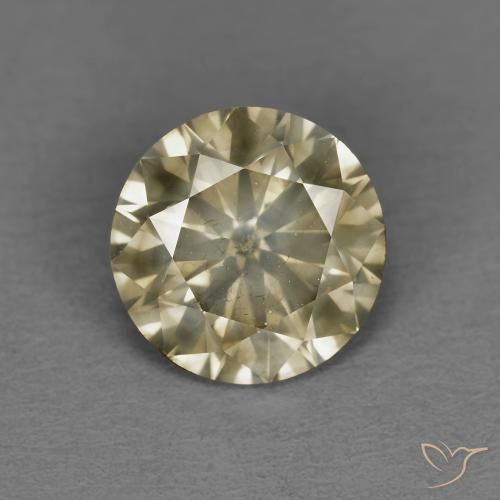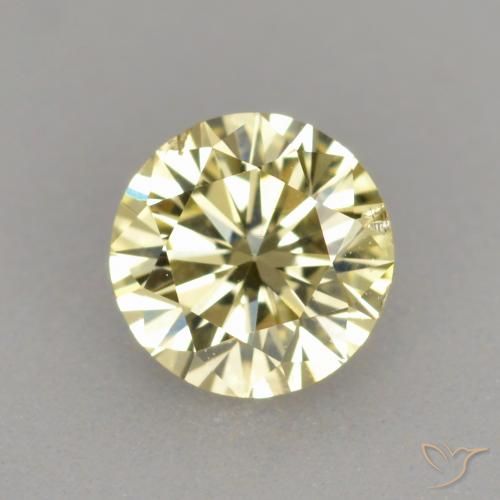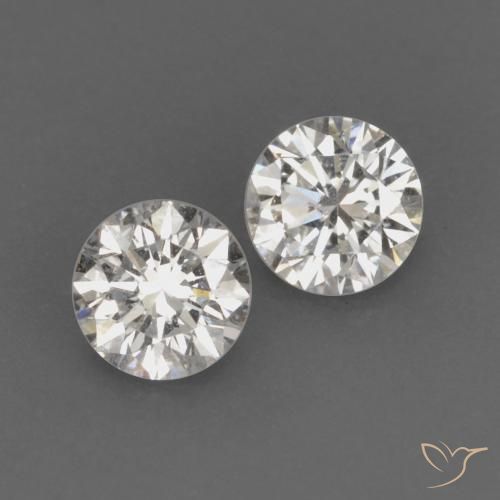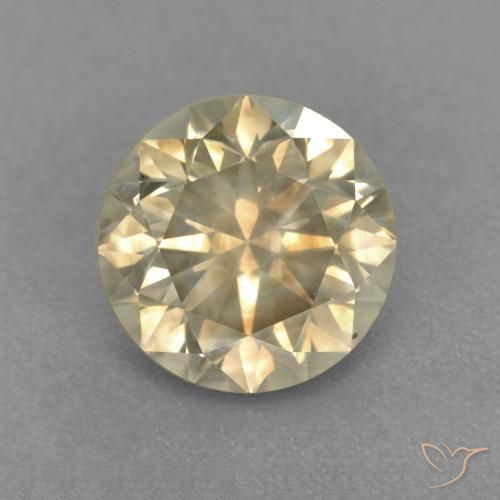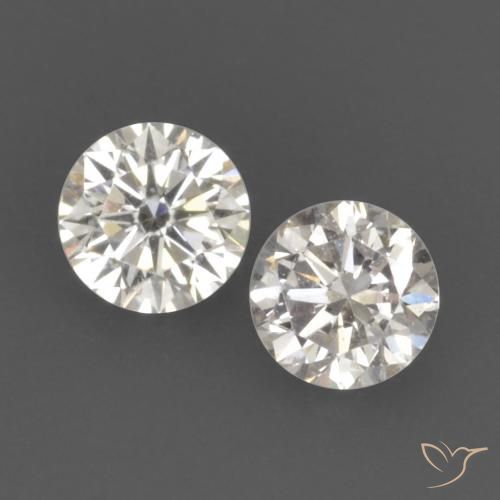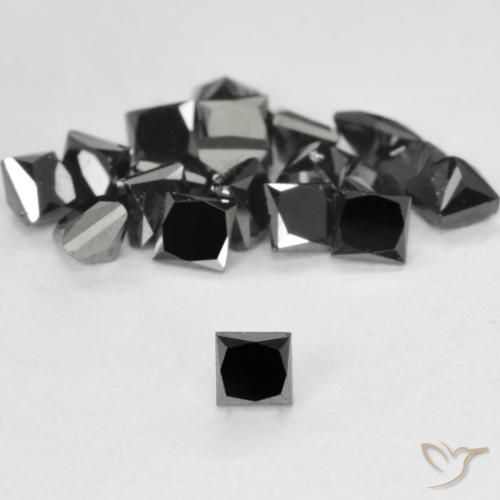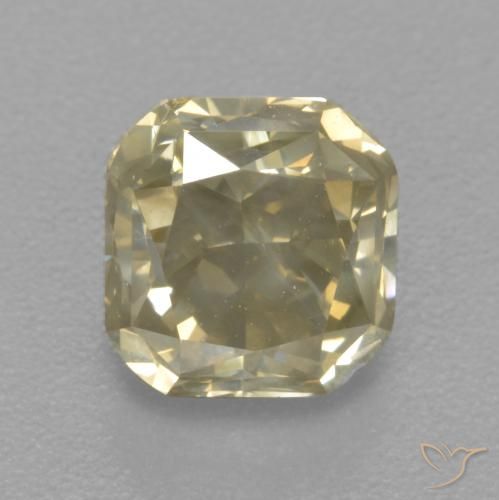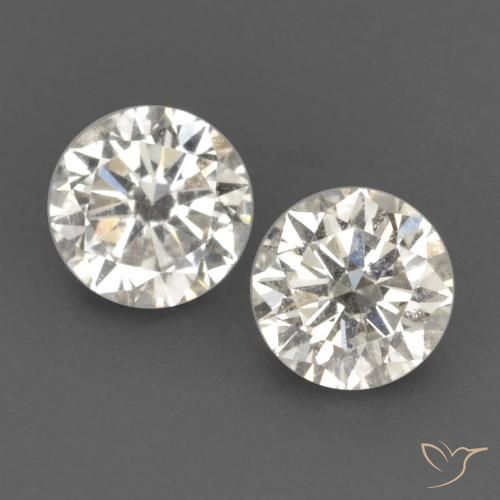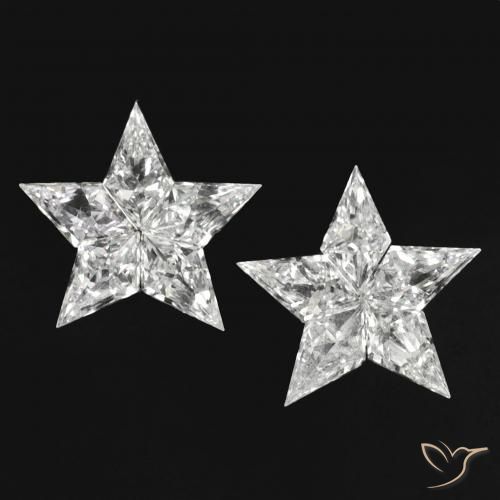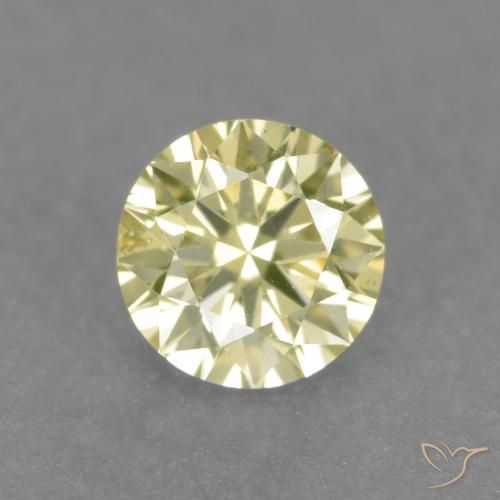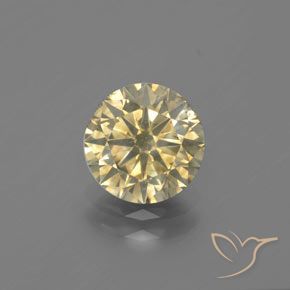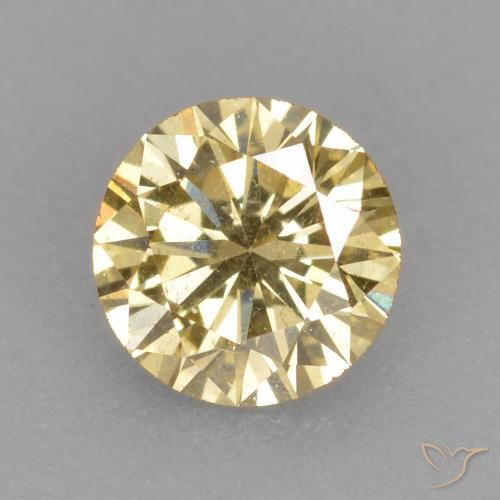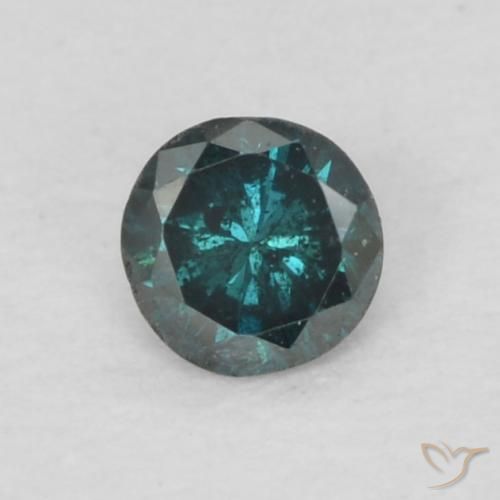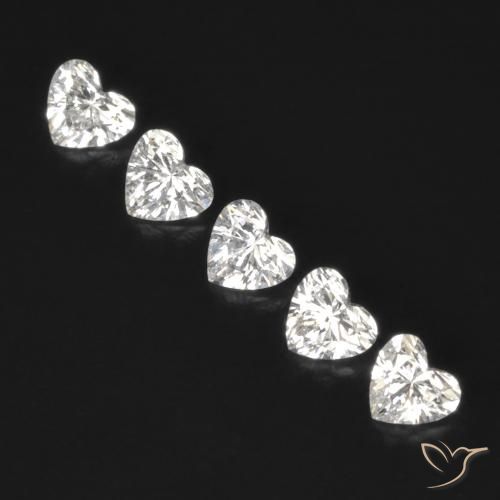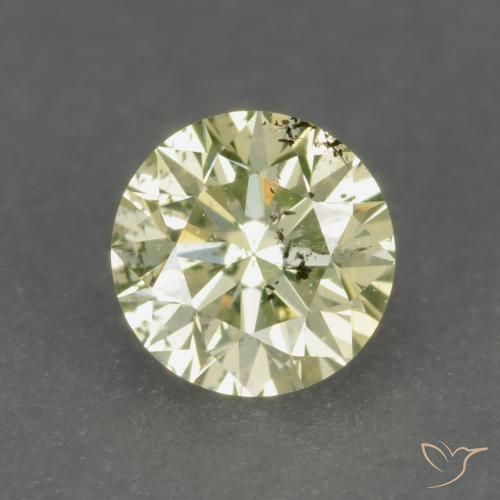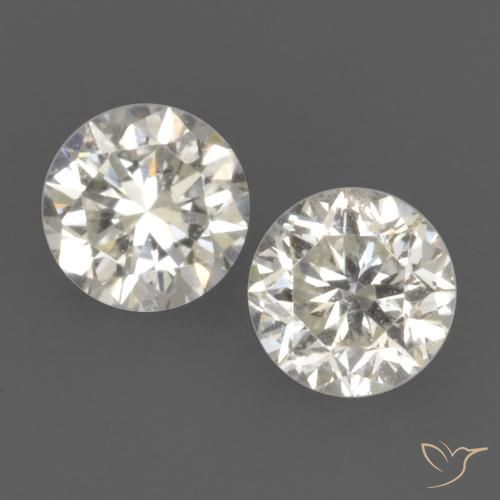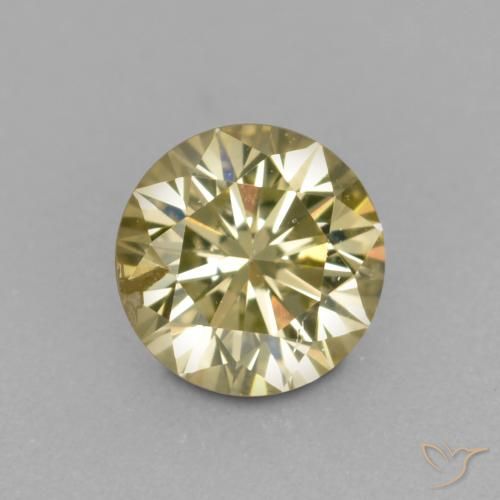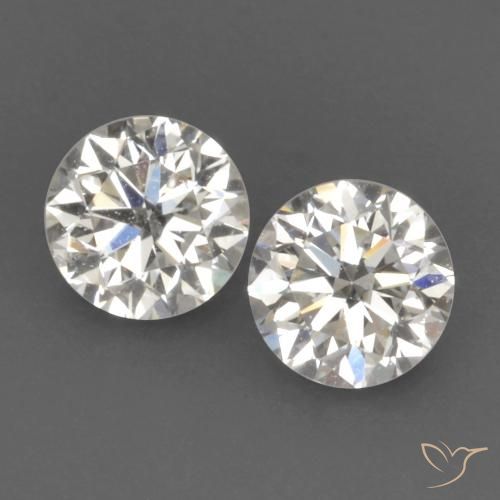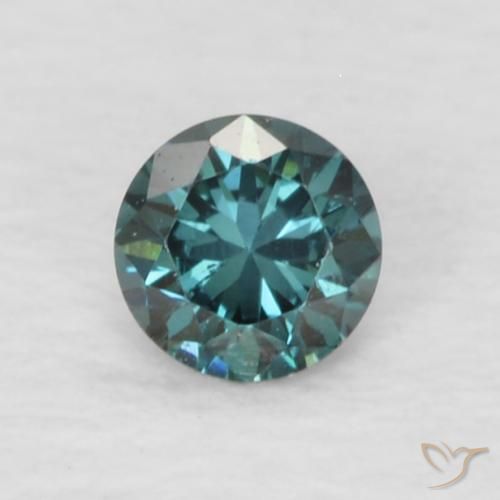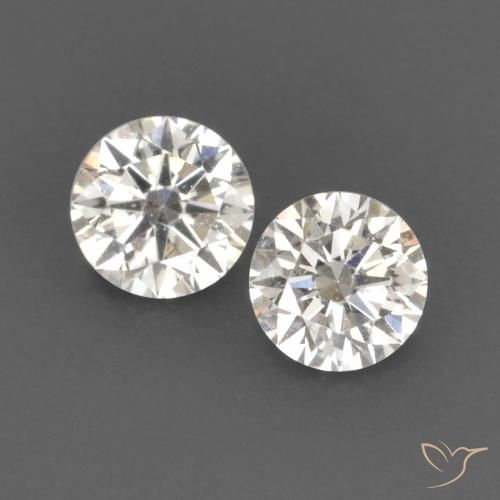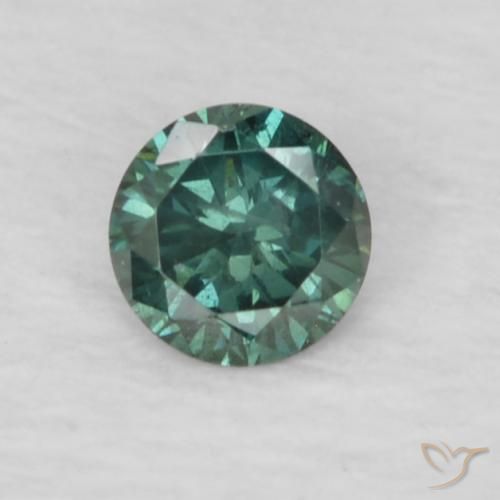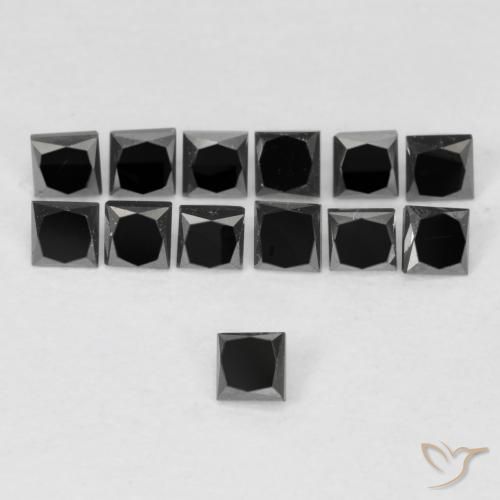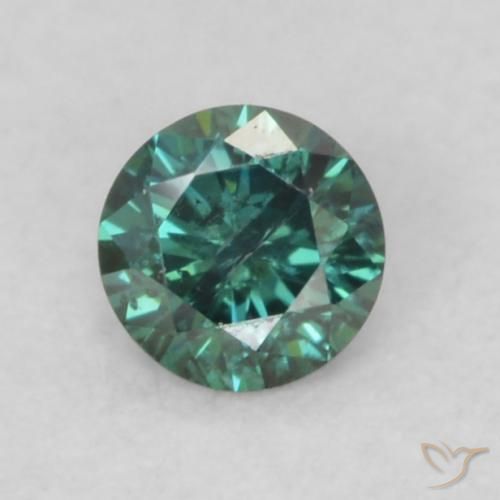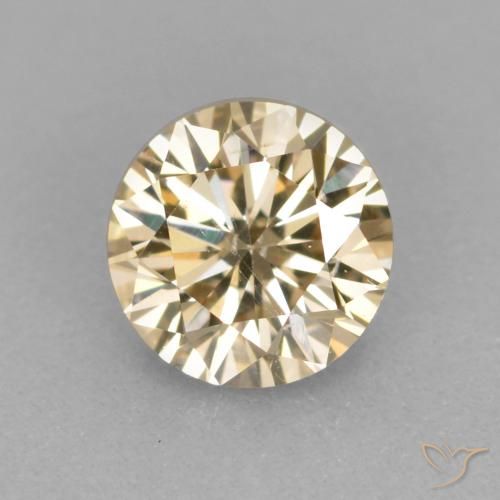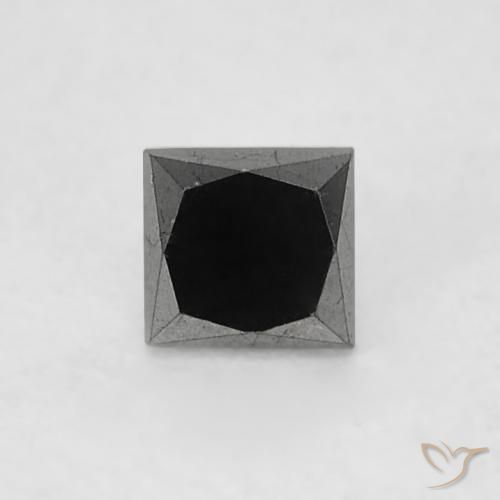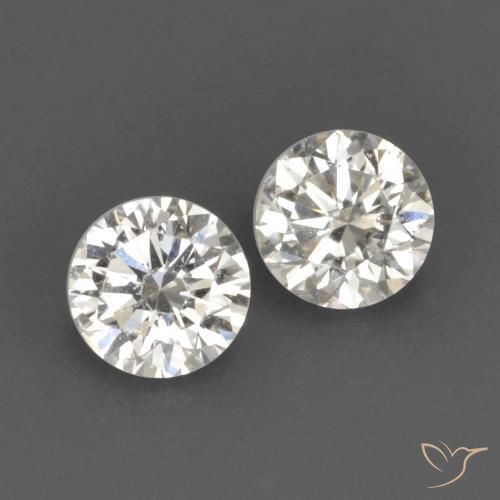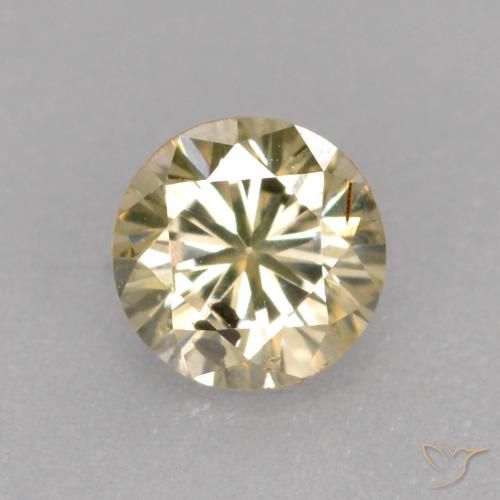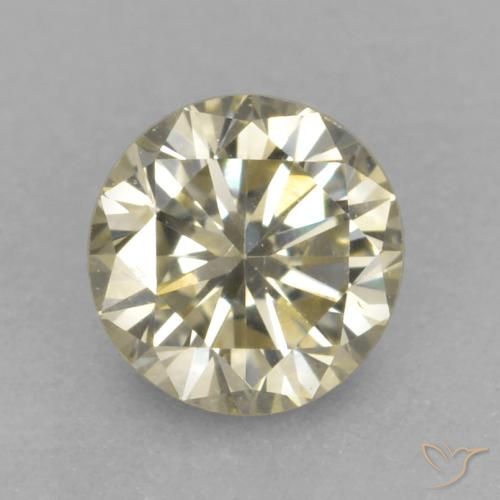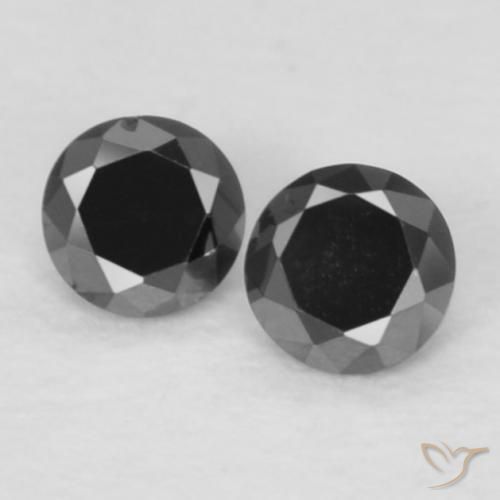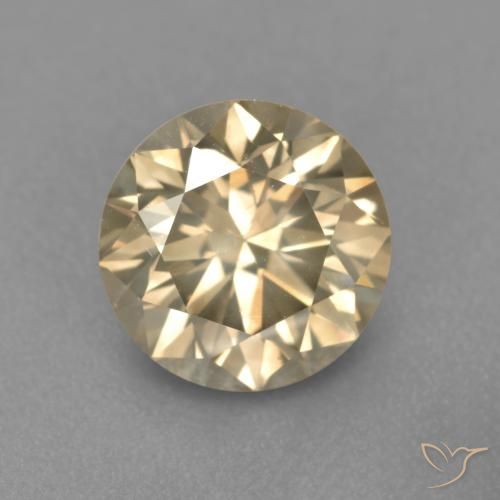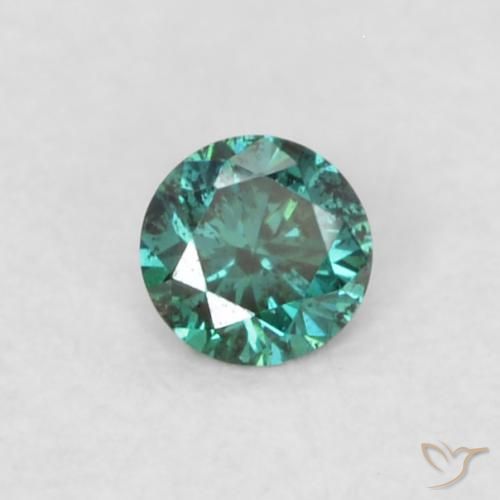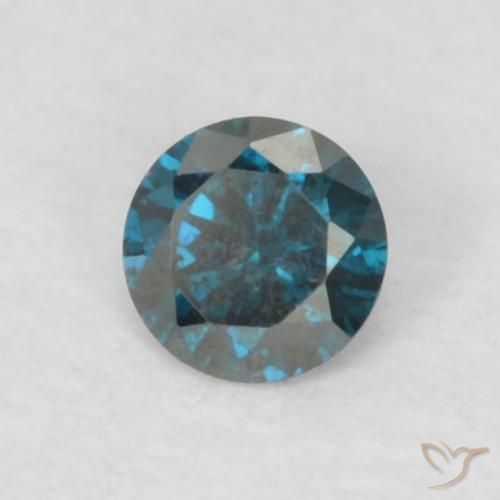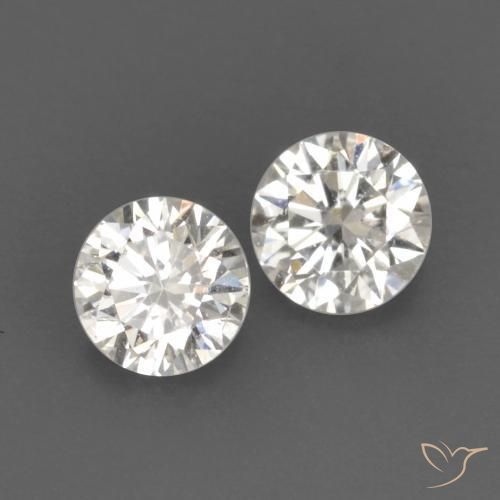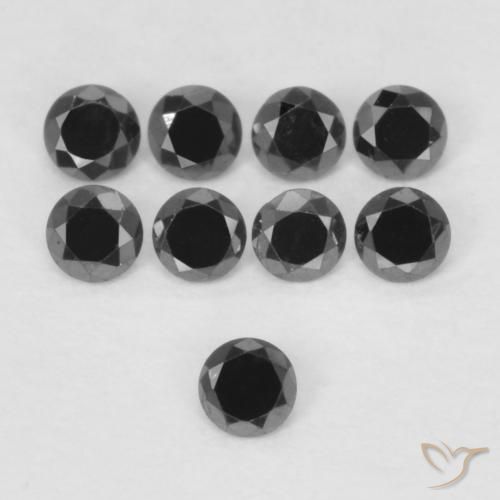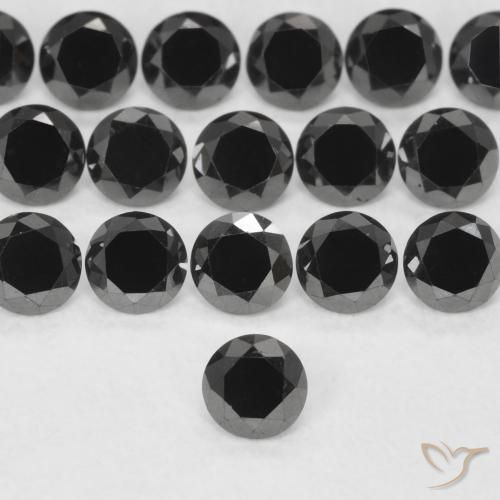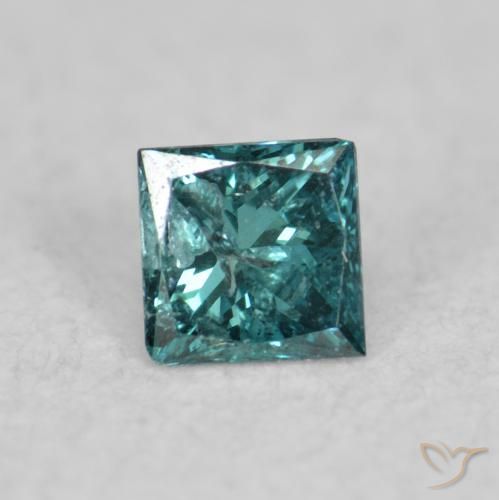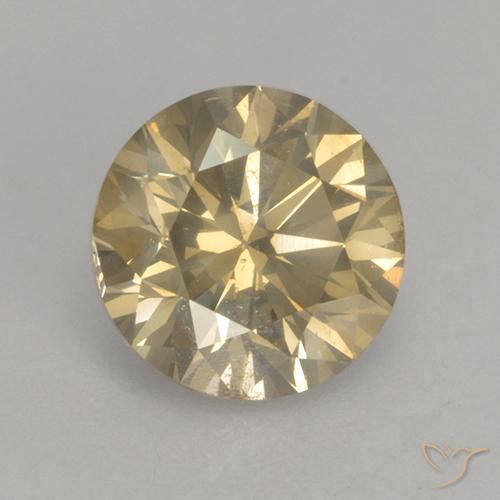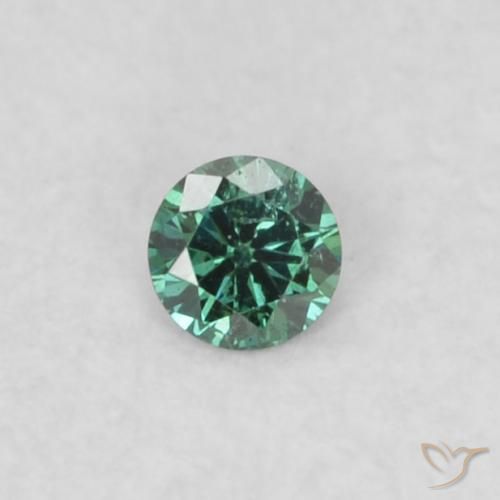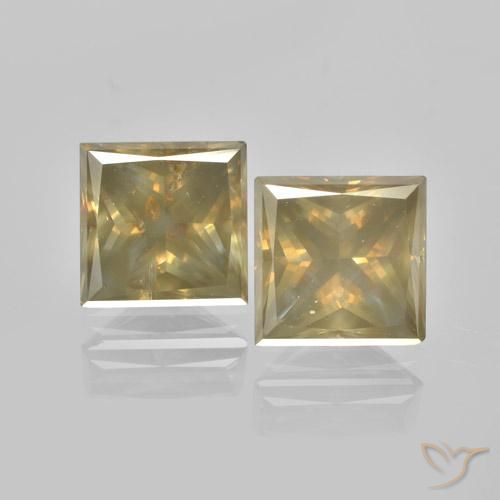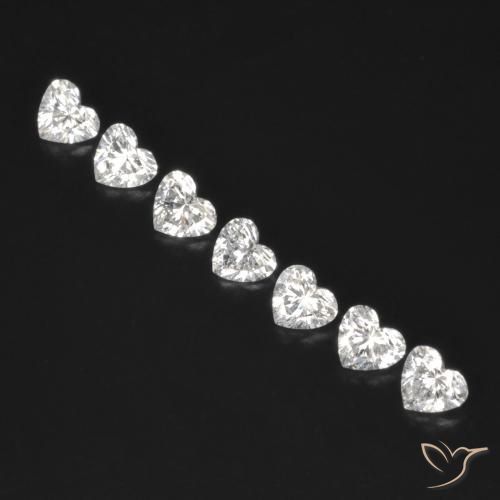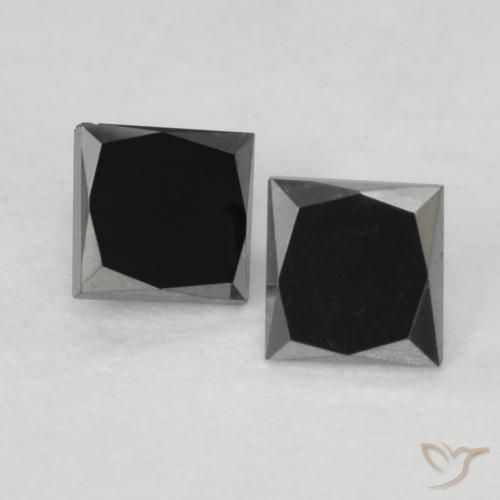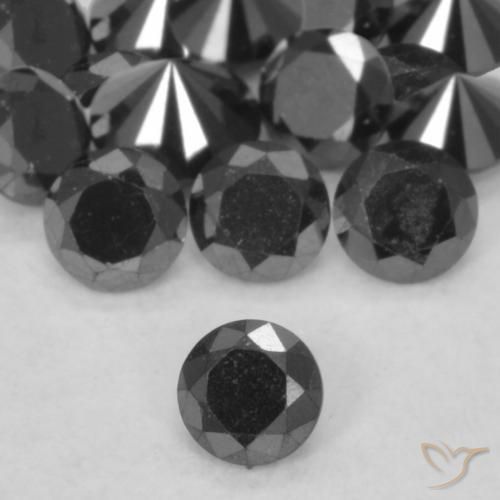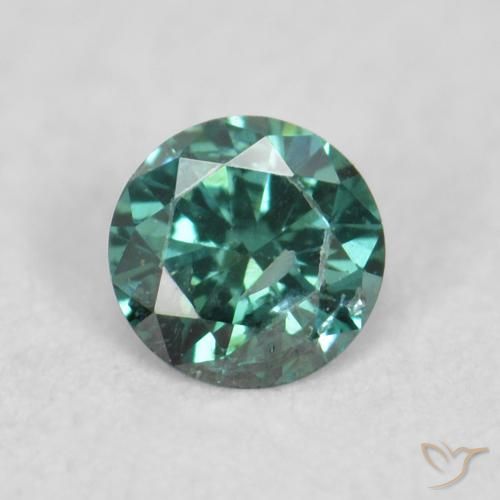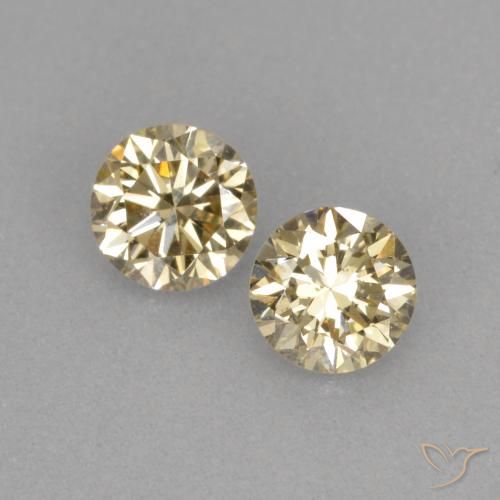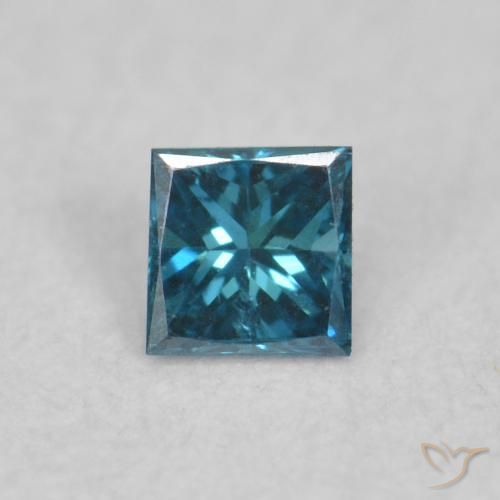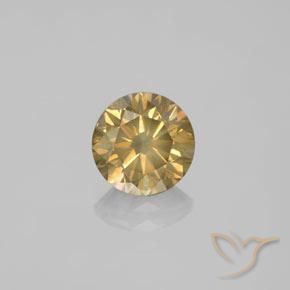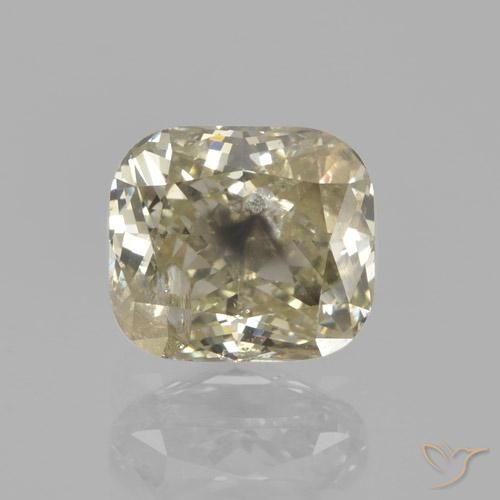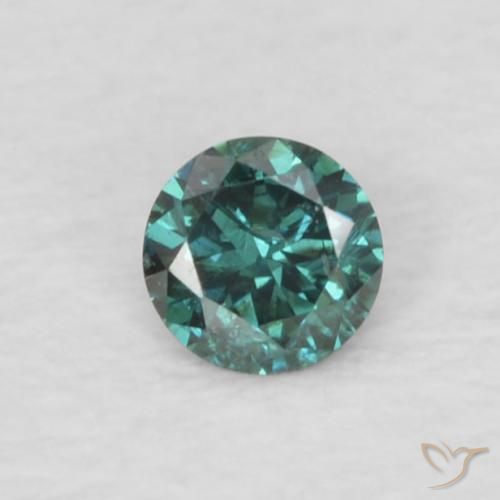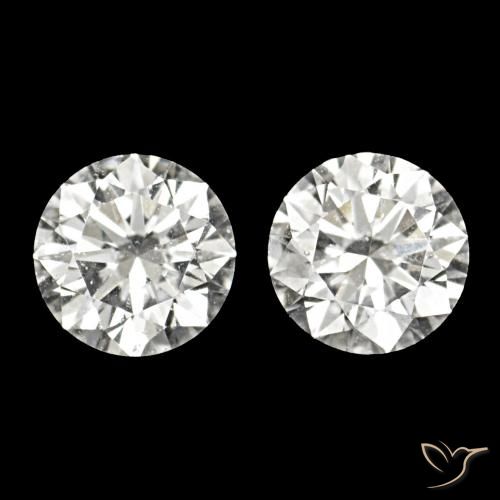Shop Loose Diamonds - Certified Natural Gemstones & Conflict-Free
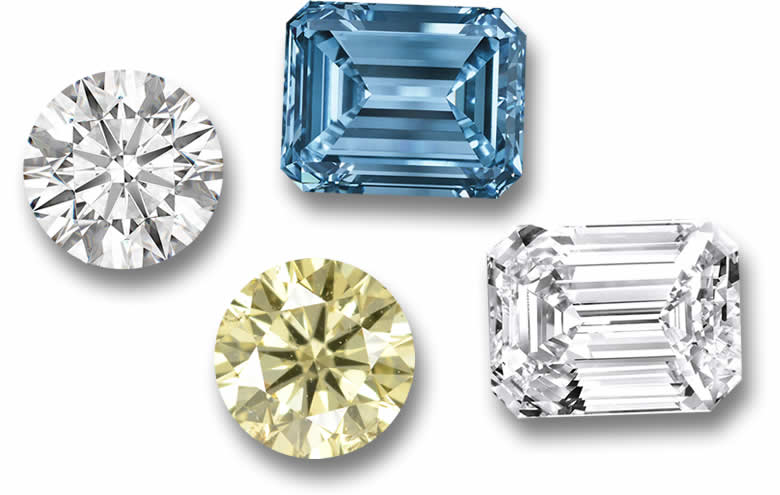
|
Explore our exquisite collection of loose diamonds, featuring a wide range of GIA certified and natural loose diamonds. Whether you’re searching for a classic round cut or unique shapes like cushion and princess, our curated selection caters to all preferences. We offer detailed color grading, clarity assessment, and transparent pricing, making it easier to find the perfect diamond for your needs. Discover conflict-free loose diamonds at wholesale prices, and benefit from our expert guidance with our loose diamond buying guide. For more in-depth information on diamond characteristics, cuts, and value, visit our comprehensive diamond information page. Start your journey to find the ideal stone for your custom jewelry today. |
|
Bi-color
|
Black Diamond
|
Blue Diamond
|
Brown Diamond
|
Golden Diamond
|
Gray
|
Green Diamond
|
Multicolor
|
Orange
|
Pink
|
Purple
|
Red
|
Turquoise
|
Violet
|
White Diamond
|
Yellow Diamond
|
Single |
Pairs |
Lots |
Faceted |
Cabochons |
| ID: | 460459 |
| Weight: | 4.62ct (total) |
| Size: | 7.4 x 7.2 mm |
| Clarity: | VS-SI |
| Content: | 2 pcs |
| Price: | $ 9,702.00 |
| Item in Stock | |
| More Options & Item Details | |
| ID: | 682706 |
| Weight: | 0.24ct (total) |
| Size: | 3 mm (calibrated) |
| Clarity: | Opaque |
| Content: | 2 pcs |
| Price: | $ 137.56 |
| Item in Stock | |
| More Options & Item Details | |
| ID: | 378645 |
| Weight: | 1.81ct |
| Size: | 7.5 mm (calibrated) |
| Clarity: | SI |
| Content: | 1 pc |
| Price: | $ 5,647.20 |
| Item in Stock | |
| More Options & Item Details | |
| ID: | 702949 |
| Weight: | 0.05ct |
| Size: | 2.3 mm (calibrated) |
| Clarity: | VS |
| Content: | 1 pc |
| Price: | $ 50.00 |
| Item in Stock | |
| More Options & Item Details | |
| ID: | 543913 |
| Weight: | 0.17ct |
| Size: | 3.5 mm (calibrated) |
| Clarity: | VS-SI |
| Content: | 1 pc |
| Price: | $ 369.49 |
| Item in Stock | |
| More Options & Item Details | |
| ID: | 460455 |
| Weight: | 5.00ct |
| Size: | 9 x 9 mm (calibrated) |
| Clarity: | VS |
| Content: | 1 pc |
| Price: | $ 11,088.00 |
| Item in Stock | |
| More Options & Item Details | |
| ID: | 564605 |
| Weight: | 0.36ct |
| Size: | 4.5 mm (calibrated) |
| Clarity: | VS |
| Content: | 1 pc |
| Price: | $ 659.86 |
| Item in Stock | |
| More Options & Item Details | |
| ID: | 677817 |
| Weight: | 0.14ct (total) |
| Size: | 2.2 x 2.2 mm |
| Clarity: | Opaque |
| Content: | 2 pcs |
| Price: | $ 84.00 |
| Item in Stock | |
| More Options & Item Details | |
| ID: | 694933 |
| Weight: | 0.08ct |
| Size: | 2.6 mm (calibrated) |
| Clarity: | VS |
| Content: | 1 pc |
| Price: | $ 80.00 |
| Item in Stock | |
| More Options & Item Details | |
| ID: | 564607 |
| Weight: | 0.17ct |
| Size: | 3.5 mm (calibrated) |
| Clarity: | VS |
| Content: | 1 pc |
| Price: | $ 339.92 |
| Item in Stock | |
| More Options & Item Details | |
| ID: | 382046 |
| Weight: | 1.32ct |
| Size: | 8.3 x 5.4 mm |
| Clarity: | SI |
| Content: | 1 pc |
| Price: | $ 3,095.53 |
| Item in Stock | |
| More Options & Item Details | |
| ID: | 378644 |
| Weight: | 1.54ct |
| Size: | 7.5 mm (calibrated) |
| Clarity: | SI |
| Content: | 1 pc |
| Price: | $ 4,404.40 |
| Item in Stock | |
| More Options & Item Details | |
| ID: | 564636 |
| Weight: | 0.33ct |
| Size: | 4.5 mm (calibrated) |
| Clarity: | SI |
| Content: | 1 pc |
| Price: | $ 549.88 |
| Item in Stock | |
| More Options & Item Details | |
| ID: | 565149 |
| Weight: | 0.14ct (total) |
| Size: | 2.6 mm (calibrated) |
| Clarity: | VVS-VS |
| Content: | 2 pcs |
| Price: | $ 306.46 |
| Item in Stock | |
| More Options & Item Details | |
| ID: | 378643 |
| Weight: | 1.85ct |
| Size: | 7.5 mm (calibrated) |
| Clarity: | SI |
| Content: | 1 pc |
| Price: | $ 5,772.00 |
| Item in Stock | |
| More Options & Item Details | |
| ID: | 565101 |
| Weight: | 0.16ct (total) |
| Size: | 2.8 mm (calibrated) |
| Clarity: | VVS-VS |
| Content: | 2 pcs |
| Price: | $ 291.86 |
| Item in Stock | |
| More Options & Item Details | |
| ID: | 677850 |
| Weight: | avg. 0.12 ct / each |
| Size: | 2.5 x 2.4 mm |
| Clarity: | Opaque |
| Price: | $ 60.75 |
| Item in Stock | |
| More Options & Item Details | |
| ID: | 382053 |
| Weight: | 1.81ct |
| Size: | 6.4 x 6.1 mm |
| Clarity: | SI |
| Content: | 1 pc |
| Price: | $ 4,630.51 |
| Item in Stock | |
| More Options & Item Details | |
| ID: | 565089 |
| Weight: | 0.21ct (total) |
| Size: | 3 mm (calibrated) |
| Clarity: | VVS-VS |
| Content: | 2 pcs |
| Price: | $ 459.70 |
| Item in Stock | |
| More Options & Item Details | |
| ID: | 685660 |
| Weight: | 0.30ct (total) |
| Size: | 3.2 x 1.8 mm |
| Clarity: | VVS |
| Content: | 10 pcs |
| Price: | $ 1,227.17 |
| Item in Stock | |
| More Options & Item Details | |
| ID: | 543902 |
| Weight: | 0.17ct |
| Size: | 3.5 mm (calibrated) |
| Clarity: | VS |
| Content: | 1 pc |
| Price: | $ 369.49 |
| Item in Stock | |
| More Options & Item Details | |
| ID: | 382092 |
| Weight: | 1.70ct |
| Size: | 7.5 mm (calibrated) |
| Clarity: | SI |
| Content: | 1 pc |
| Price: | $ 4,784.02 |
| Item in Stock | |
| More Options & Item Details | |
| ID: | 564620 |
| Weight: | 0.30ct |
| Size: | 4.5 mm (calibrated) |
| Clarity: | VS |
| Content: | 1 pc |
| Price: | $ 549.88 |
| Item in Stock | |
| More Options & Item Details | |
| ID: | 692909 |
| Weight: | 0.07ct |
| Size: | 2.6 mm (calibrated) |
| Clarity: | VS-SI |
| Content: | 1 pc |
| Price: | $ 83.40 |
| Item in Stock | |
| More Options & Item Details | |
| ID: | 685659 |
| Weight: | 0.51ct (total) |
| Size: | 3.3 x 2.9 mm |
| Clarity: | VVS |
| Content: | 5 pcs |
| Price: | $ 2,503.44 |
| Item in Stock | |
| More Options & Item Details | |
| ID: | 543911 |
| Weight: | 0.17ct |
| Size: | 3.5 mm (calibrated) |
| Clarity: | VS-SI |
| Content: | 1 pc |
| Price: | $ 369.49 |
| Item in Stock | |
| More Options & Item Details | |
| ID: | 565098 |
| Weight: | 0.21ct (total) |
| Size: | 3 mm (calibrated) |
| Clarity: | VVS-VS |
| Content: | 2 pcs |
| Price: | $ 383.08 |
| Item in Stock | |
| More Options & Item Details | |
| ID: | 564633 |
| Weight: | 0.25ct |
| Size: | 4 mm (calibrated) |
| Clarity: | VS-SI |
| Content: | 1 pc |
| Price: | $ 458.24 |
| Item in Stock | |
| More Options & Item Details | |
| ID: | 565079 |
| Weight: | 0.25ct (total) |
| Size: | 3 mm (calibrated) |
| Clarity: | VVS-VS |
| Content: | 2 pcs |
| Price: | $ 456.04 |
| Item in Stock | |
| More Options & Item Details | |
| ID: | 695818 |
| Weight: | 0.08ct |
| Size: | 2.6 mm (calibrated) |
| Clarity: | VVS-VS |
| Content: | 1 pc |
| Price: | $ 80.00 |
| Item in Stock | |
| More Options & Item Details | |
| ID: | 565165 |
| Weight: | 0.15ct (total) |
| Size: | 2.8 mm (calibrated) |
| Clarity: | VVS-VS |
| Content: | 2 pcs |
| Price: | $ 328.36 |
| Item in Stock | |
| More Options & Item Details | |
| ID: | 695542 |
| Weight: | 0.06ct |
| Size: | 2.6 mm (calibrated) |
| Clarity: | VS |
| Content: | 1 pc |
| Price: | $ 72.00 |
| Item in Stock | |
| More Options & Item Details | |
| ID: | 677914 |
| Weight: | avg. 0.11 ct / each |
| Size: | 2.4 x 2.3 mm |
| Clarity: | Opaque |
| Price: | $ 55.77 |
| Item in Stock | |
| More Options & Item Details | |
| ID: | 694942 |
| Weight: | 0.09ct |
| Size: | 2.8 mm (calibrated) |
| Clarity: | VS |
| Content: | 1 pc |
| Price: | $ 90.00 |
| Item in Stock | |
| More Options & Item Details | |
| ID: | 564603 |
| Weight: | 0.31ct |
| Size: | 4.5 mm (calibrated) |
| Clarity: | VS |
| Content: | 1 pc |
| Price: | $ 619.86 |
| Item in Stock | |
| More Options & Item Details | |
| ID: | 678129 |
| Weight: | 0.14ct |
| Size: | 2.6 x 2.4 mm |
| Clarity: | Opaque |
| Content: | 1 pc |
| Price: | $ 84.00 |
| Item in Stock | |
| More Options & Item Details | |
| ID: | 565131 |
| Weight: | 0.15ct (total) |
| Size: | 2.7 mm (calibrated) |
| Clarity: | VVS-VS |
| Content: | 2 pcs |
| Price: | $ 248.75 |
| Item in Stock | |
| More Options & Item Details | |
| ID: | 564615 |
| Weight: | 0.23ct |
| Size: | 4 mm (calibrated) |
| Clarity: | VS |
| Content: | 1 pc |
| Price: | $ 505.90 |
| Item in Stock | |
| More Options & Item Details | |
| ID: | 564626 |
| Weight: | 0.18ct |
| Size: | 3.7 mm |
| Clarity: | VVS-VS |
| Content: | 1 pc |
| Price: | $ 395.90 |
| Item in Stock | |
| More Options & Item Details | |
| ID: | 685622 |
| Weight: | 0.08ct (total) |
| Size: | 2.1 mm (calibrated) |
| Clarity: | Opaque |
| Content: | 2 pcs |
| Price: | $ 23.34 |
| Item in Stock | |
| More Options & Item Details | |
| ID: | 378646 |
| Weight: | 1.67ct |
| Size: | 7.5 mm (calibrated) |
| Clarity: | SI |
| Content: | 1 pc |
| Price: | $ 4,342.00 |
| Item in Stock | |
| More Options & Item Details | |
| ID: | 695223 |
| Weight: | 0.03ct |
| Size: | 2.2 mm (calibrated) |
| Clarity: | VVS-VS |
| Content: | 1 pc |
| Price: | $ 30.00 |
| Item in Stock | |
| More Options & Item Details | |
| ID: | 692762 |
| Weight: | 0.06ct |
| Size: | 2.5 mm (calibrated) |
| Clarity: | VS |
| Content: | 1 pc |
| Price: | $ 85.79 |
| Item in Stock | |
| More Options & Item Details | |
| ID: | 565164 |
| Weight: | 0.14ct (total) |
| Size: | 2.7 mm (calibrated) |
| Clarity: | VVS-VS |
| Content: | 2 pcs |
| Price: | $ 306.46 |
| Item in Stock | |
| More Options & Item Details | |
| ID: | 673577 |
| Weight: | avg. 0.03 ct / each |
| Size: | 1.8 mm (calibrated) |
| Clarity: | Opaque |
| Price: | $ 12.00 |
| Item in Stock | |
| More Options & Item Details | |
| ID: | 699335 |
| Weight: | avg. 0.14 ct / each |
| Size: | 3 mm (calibrated) |
| Clarity: | Opaque |
| Price: | $ 61.88 |
| Item in Stock | |
| More Options & Item Details | |
| ID: | 719732 |
| Weight: | 0.03ct |
| Size: | 2 x 2 mm (calibrated) |
| Clarity: | VS-SI |
| Content: | 1 pc |
| Price: | $ 33.67 |
| Item in Stock | |
| More Options & Item Details | |
| ID: | 378641 |
| Weight: | 1.54ct |
| Size: | 7 mm (calibrated) |
| Clarity: | SI |
| Content: | 1 pc |
| Price: | $ 5,285.28 |
| Item in Stock | |
| More Options & Item Details | |
| ID: | 703033 |
| Weight: | 0.02ct |
| Size: | 1.9 mm (calibrated) |
| Clarity: | VS |
| Content: | 1 pc |
| Price: | $ 29.33 |
| Item in Stock | |
| More Options & Item Details | |
| ID: | 460460 |
| Weight: | 3.45ct (total) |
| Size: | 6.8 x 6.6 mm |
| Clarity: | VS-SI |
| Content: | 2 pcs |
| Price: | $ 9,563.40 |
| Item in Stock | |
| More Options & Item Details | |
| ID: | 685658 |
| Weight: | 0.53ct (total) |
| Size: | 2.9 x 2.6 mm |
| Clarity: | VVS |
| Content: | 7 pcs |
| Price: | $ 2,601.61 |
| Item in Stock | |
| More Options & Item Details | |
| ID: | 677973 |
| Weight: | 0.23ct (total) |
| Size: | 2.6 x 2.5 mm |
| Clarity: | Opaque |
| Content: | 2 pcs |
| Price: | $ 138.00 |
| Item in Stock | |
| More Options & Item Details | |
| ID: | 702346 |
| Weight: | avg. 0.06 ct / each |
| Size: | 2.3 mm (calibrated) |
| Clarity: | Opaque |
| Price: | $ 19.21 |
| Item in Stock | |
| More Options & Item Details | |
| ID: | 719652 |
| Weight: | 0.05ct |
| Size: | 2.5 mm (calibrated) |
| Clarity: | VS |
| Content: | 1 pc |
| Price: | $ 56.12 |
| Item in Stock | |
| More Options & Item Details | |
| ID: | 564572 |
| Weight: | 0.46ct (total) |
| Size: | 4 mm (calibrated) |
| Clarity: | VS |
| Content: | 2 pcs |
| Price: | $ 843.15 |
| Item in Stock | |
| More Options & Item Details | |
| ID: | 720062 |
| Weight: | 0.05ct |
| Size: | 2 x 2 mm (calibrated) |
| Clarity: | VVS-VS |
| Content: | 1 pc |
| Price: | $ 56.12 |
| Item in Stock | |
| More Options & Item Details | |
| ID: | 378642 |
| Weight: | 1.50ct |
| Size: | 7 mm (calibrated) |
| Clarity: | SI |
| Content: | 1 pc |
| Price: | $ 5,148.00 |
| Item in Stock | |
| More Options & Item Details | |
| ID: | 460448 |
| Weight: | 1.15ct |
| Size: | 6.3 x 5.6 mm |
| Clarity: | VS-SI |
| Content: | 1 pc |
| Price: | $ 3,187.80 |
| Item in Stock | |
| More Options & Item Details | |
| ID: | 695610 |
| Weight: | 0.05ct |
| Size: | 2.3 mm (calibrated) |
| Clarity: | VS |
| Content: | 1 pc |
| Price: | $ 50.00 |
| Item in Stock | |
| More Options & Item Details | |
| ID: | 740671 |
| Weight: | 0.09ct (total) |
| Size: | 2.2 mm (calibrated) |
| Clarity: | VVS |
| Content: | 2 pcs |
| Price: | $ 251.25 |
| Item in Stock | |
| More Options & Item Details | |
FAQs
What are loose diamonds, and why should I consider buying them?
Loose diamonds are individual diamond stones that are not yet set in jewelry. They provide greater flexibility, allowing buyers to choose their preferred setting, style, and design. Purchasing a loose diamond also gives you the opportunity to inspect its quality based on factors like clarity, color, and carat weight before it is mounted.
Where can I find certified loose diamonds for sale?
You can find certified loose diamonds at reputable online stores and authorized loose diamond dealers. Make sure to look for GIA loose diamonds, as GIA certification is a trusted standard for assessing a diamond's quality, including its cut, color grading, and clarity.
How do I determine the best loose diamond shapes and cuts?
Choosing the right shape and cut is important for maximizing a diamond's brilliance. Popular loose diamond shapes include round, princess, cushion, and oval. Each shape has its unique appeal, while the cut impacts the stone’s sparkle. A good loose diamond buying guide can help you understand the various options available.
Are natural loose diamonds better than lab-grown options?
Natural loose diamonds are formed over millions of years, while lab-grown diamonds are created in controlled environments. Both can be of high quality, but natural diamonds are often valued more for their rarity. When purchasing, ensure the stone is certified for authenticity, especially if you want a conflict-free loose diamond.
What should I know about loose diamond prices and wholesale options?
The price of a loose diamond depends on its carat weight, clarity, color grading, and cut. If you’re looking to save, consider loose diamond wholesale options, where you can find stones at lower prices. Wholesale purchases often provide better value, especially for bulk orders or custom jewelry projects.
How can I ensure I’m buying a high-quality loose diamond online?
To ensure you’re buying a high-quality stone, choose a reputable online loose diamond store that offers GIA certified loose diamonds. Review the diamond’s specifications, including its clarity, cut, and color grading, and ask for detailed certification documents.
GemSelect Certified Store Reviews
GemSelect: Over 22 Years in the Gemstone Business! Thank you for trusting us with your purchase!
Overall Rating -> 9 ![]()
Always a good quality stone. Priced fairly and shipped promptly. Answers emails quickly
Overall Rating -> 10 ![]()
I always purchase my stones from GemSelect, their products are high quality and customer service is always great. I also like the fact that I am able to purchase unique items
Overall Rating -> 10 ![]()
On the clarity options it goes "and better" so if youre looking for si specifically and you click si and better it still shows you basically everything. It just removes the opaques. Itd be nice if it was vs only, vss only, si only, etc
Overall Rating -> 10 ![]()
I would recommend gem select yo everyone Fast service and no problems
Overall Rating -> 10 ![]()
I found what I was looking for...had to look up millimeters to inches. It would be nice to see something, like a quarter, in the pix to show relative size. I plan on buy loose gemstones for every month in the calendar
Overall Rating -> 10 ![]()
Found a beautiful opal at a great price. I was not disappointed when it arrived. Even better in person.
Overall Rating -> 10 ![]()
Great experience. I can't wait to explore on the website further.
Overall Rating -> 10 ![]()
I have been buying gems for several years off and on and love their selection and great low prices. I started out wanting to get an example of each type of gem but after looking at all the types of gems and reading about them I realize it is almost impossible for me to do. It took me years just to read about them all. Gem Select is the best gem site you can find. For information or to buy. Steve M.
Overall Rating -> 10 ![]()
All these questions, and I don't have to give any blood. What a Deal... I absolutely enjoy the Gem Select emails every month. This one today was special. I always say, I'll know it when I see it. This stone today was the One. Odd and Intriguing. Thank You So Much for all that you do.

